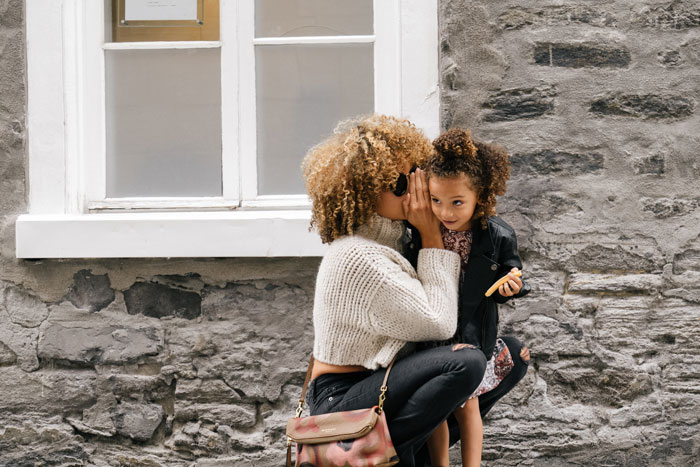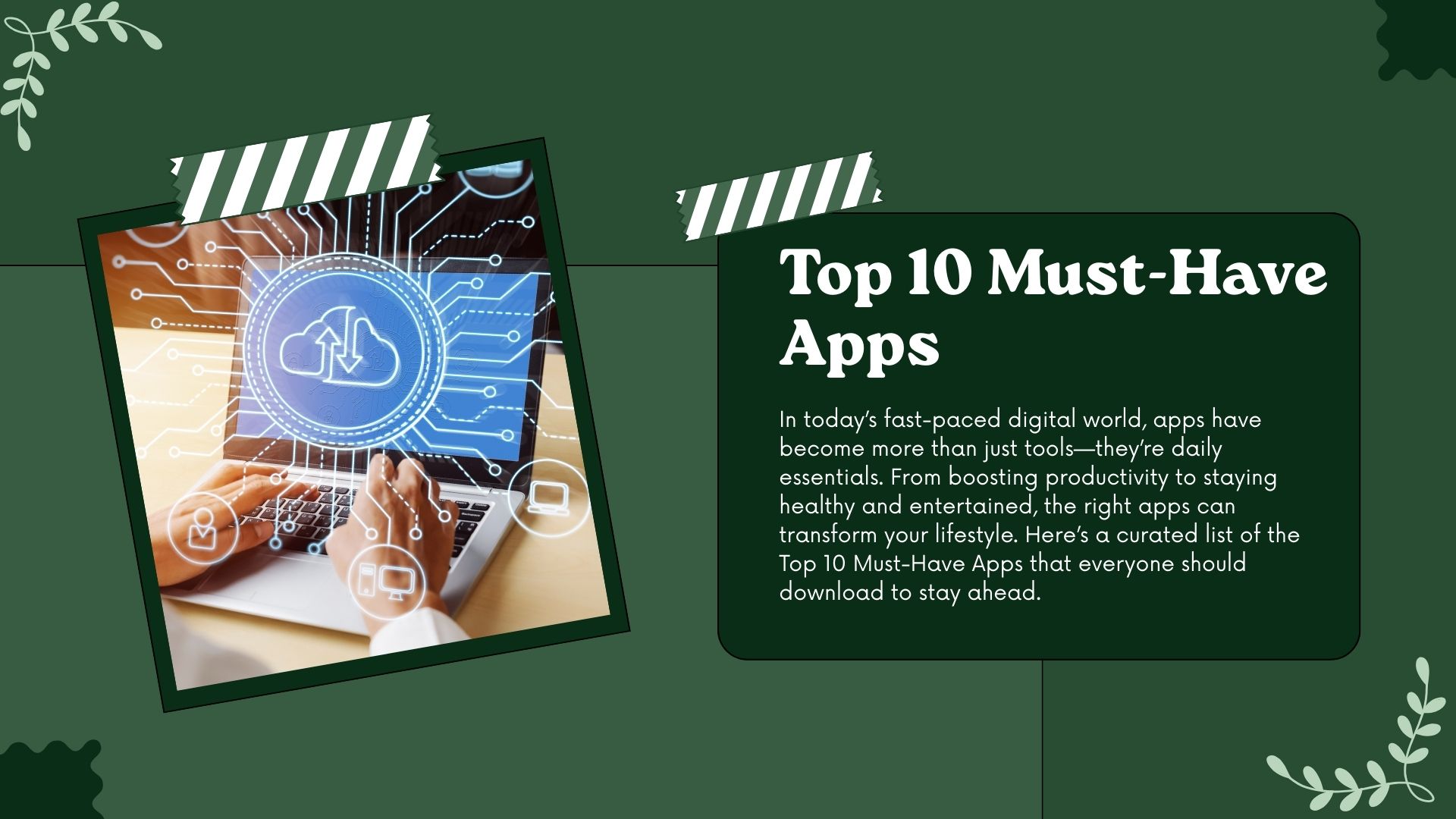- Home
- COOKIES
-
ALL CATAGORIES
HEALTH TIPS
TECHNOLOGY
ISLAMIC
FASHION
-
TECHNOLOGY
- HEALTH
How I Made My First $1000 on Fiverr
I’ve been involved in the gig economy ever since my college days. In the beginning, the first few months went by just exploring different freelancing platforms and trying to understand what was actually possible online.
The real shift in my mindset happened after I came across the book The 4-Hour Workweek by Tim Ferris. That book completely blew my mind and changed the way I looked at jobs, careers, freelancing, and the gig economy. I read it a few months before graduating from university — and coincidentally (or maybe not) right before the Covid-19 pandemic hit. As the world shut down and work-from-home became the new normal, I was already experimenting with my E-commerce business through Amazon FBA.
But I wanted to add more streams of income, and the timing couldn’t have been better. The gig economy exploded during those early pandemic months, so I decided to dive in. I signed up on several freelancing platforms: Freelancer.com, Fiverr.com, Amazon Mechanical Turk, Redbubble, Teespring, and a bunch of others.
Unfortunately, I wasn’t accepted on Upwork.com, which was a huge letdown at first. Still, the email said I could reapply after 30 days, so I decided not to dwell on it and kept moving forward.
On Fiverr, I created a strong profile and set up five gigs in the same niche:
- Web Design
- Shopify Store Development
- Product Research
- Facebook Ads
- Virtual Assistant
During those early days, I spent most of my time learning how to attract clients and get my very first order. In the third week, I read on a freelancing blog that responding to buyer requests was a good way to land work. So I did exactly that — I sent out hundreds of responses over the next few weeks.
But nothing happened. Not a single order came through during the first two months. It was frustrating, and I began to wonder if I was doing something wrong. Still, instead of quitting, I focused on improving my gigs:
- Optimized my gig descriptions
- Added video introductions
- Kept prices as low as possible
- Tried reaching out to potential clients on Instagram and LinkedIn
A few days later, I noticed more clicks and traffic on my gigs — but still no conversions. At that point, I lost hope and stopped checking Fiverr for a week.
Then, one morning, I woke up to a notification: Good News! You received an order. It was a $30 project. I can’t explain the excitement I felt — not because of the money, but because someone halfway across the world decided to trust my service. That moment changed everything for me.
I delivered the project with full professionalism and always tried to provide top-quality work. If a client wasn’t satisfied, I would even cancel the order rather than risk a bad experience. This helped me build trust, and soon 99.99% of my clients were leaving 5-star reviews. That social proof started attracting more buyers.
As my gigs performed better, I gradually raised my prices. Within three months of getting my first order, I hit my first $1000 milestone on Fiverr. Since then, I’ve earned through many other freelancing platforms, but Fiverr remains one of my favorites.
Closing Thoughts
The early days of freelancing can be really tough.
Just because freelancing worked for me doesn’t mean it will work for everyone. Your results depend on your skills and circumstances.
If you stay patient and consistent, freelancing can truly pay off.
Leave a reply
- HEALTH





